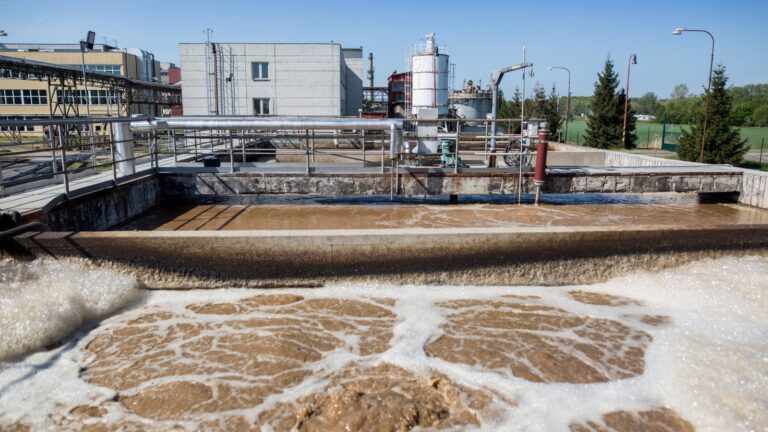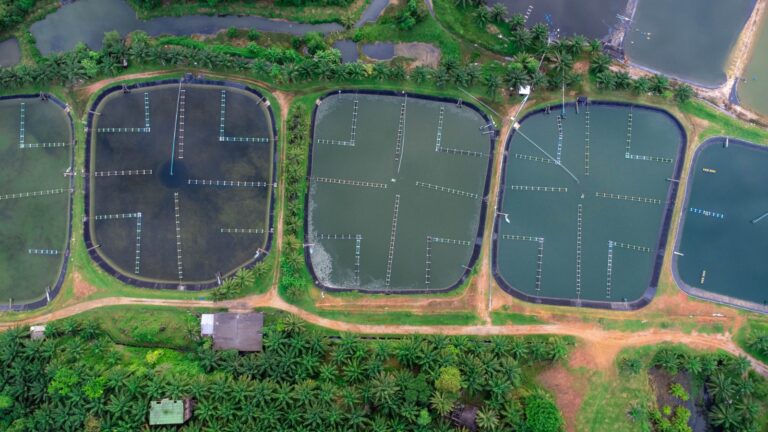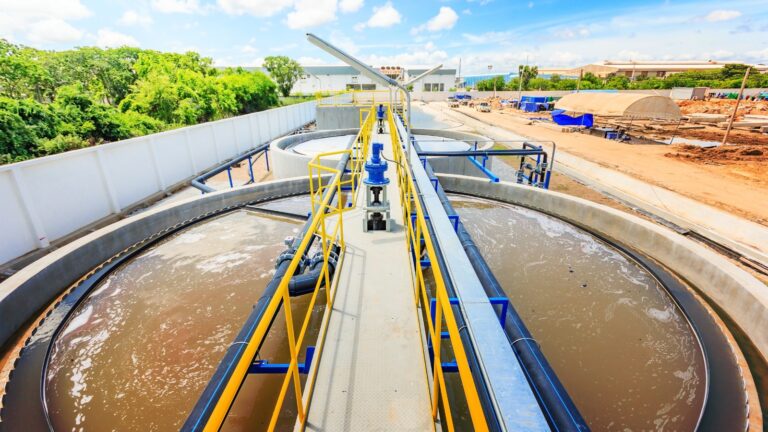In the realm of Australian wastewater, sewage sludge has become a rising issue over the past few years. This is why Australian wastewater companies started relying on robust technologies and strategies to get rid of these wastewater sludge to produce a safe product. More and more, the issues related to sludge require outstanding approaches to be managed well, and the companies opt for sustainable ways. If we focus on transforming wastewater sludge into a safe product journey, we will witness a four-phase which ultimately provides the best outcome conveniently.
In this article, we will explore this four-phase process of getting rid of wastewater sludge more deeply.
Want to Know More about Wastewater Sludge?

- Wastewater sludge refers to the solid byproduct or semi-liquid slurry that remains after wastewater is treated in wastewater treatment facilities.
- It is a mixture of water and various solid materials, including organic matter, bacteria, chemicals, and debris that settle during the treatment process.
- Wastewater sludge is subjected to additional treatment and processing, such as dewatering, stabilisation, and digesting, in order to minimise its volume and remove any dangerous bacteria.
- Even though it is a byproduct, wastewater sludge can be a useful resource since some treatment facilities utilise cutting-edge technology to recover nutrients for use in agriculture or extract biogas for energy generation.
- Strict guidelines are there to control how it is disposed of, and they promote environmentally friendly practices to reduce the damage that it does to public health and ecosystems.
- Proper management of sludge is crucial to prevent the release of harmful substances into the environment as untreated sludge will contain pathogens, heavy metals, and other pollutants that can contaminate soil, water, and air, endangering ecosystems and human health.
- When we optimise treatment processes, this wastewater can be reused or recycled, minimising the demand for fresh water and reducing the environmental impact associated with the production of synthetic fertilisers.
The Four-Phase Process for Wastewater Sludge Treatment

Phase 1 – Thickening of Sludge
The initial phase of wastewater sludge treatment is thickening and it plays an important role in optimising the efficiency of the following sludge treatment stages. This crucial step includes the use of a gravity thickener, where the force of gravity is employed to minimise water content and reduce the overall volume of the sludge. As the first phase, this thickening process enhances the manageability of the sludge for further treatment as it has three more processes waiting in line. During this stage, the dissolved air flotation approach acts as an innovative method, as it introduces air bubbles to help in the separation of solids from water.
Then what occurs is that this approach allows the solid mass to float to the surface, helping to simplify the overall thickening process. We can witness both gravity thickening and dissolved air flotation strategies contribute significantly to the reduction of sludge volume. Another thing is that it assists in resolving logistical obstacles and laying the foundation for later treatments that improve wastewater sludge management’s overall effectiveness. It is quite visible that these techniques ensure more effective processing while highlighting the importance of strategic and environmentally friendly approaches to treating wastewater byproducts.
Phase 2 – Sludge Digestion
Following the collection of solids from sewage sludge, the next pivotal step is the sludge digestion process. It is a biological treatment that transforms organic solids into stable elements. This important process serves two purposes. One is it reduces the total bulk of solids and number two is it removes infectious agents, which makes drying easier later on.
The sludge digestion takes place in two different phases. As the first step, the dry solid sludge is heated and mixed in a closed tank to promote anaerobic digestion, which is made possible by microorganisms that generate acid. These bacteria are essential for the hydrolysis of the sludge’s big protein and lipid molecules. They reduce them to smaller, water-soluble molecules that are subsequently fermented to produce a variety of fatty acids.
Now, we move on to the second phase. After going through the initial process, the treated sludge moves on to a second tank, where more bacteria break it down into a carbon dioxide (CO2) and methane combination. After that, the methane is extracted and used to fuel the digestion tank, with the amount extracted providing more energy. When the wastewater plants are optimising the treatment process and using the byproducts for energy production, these are the examples that show the many advantages of wastewater sludge digestion.
Phase 3 – Dewatering
Now, let us explain what happens in the third phase. After useful gases and byproducts are extracted, the leftover sludge passes through a crucial dewatering stage before going through the final disposal stage. Even though it has already solidified, dewatered sludge usually has a significant water content, which can range up to 70% occasionally. This is why the wastewater plants need to dry and lower their water content before they dump the sludge. We witness sludge-drying beds are used when it comes to traditional approaches; it can be a labour-intensive procedure that might take so long to complete.
Since it is highly important to expedite these procedures, modern waste management strategies incorporate solid-liquid separation devices. In this case, centrifugation is becoming the most popular technique for dewatering sludge when you utilise this strategy, the water recovery is maximised, which makes processing the solid waste easier and more affordable within a short period.
Is Centrifugation the only method the Australian wastewater industry utilises? No, there are some others as well. Other techniques used in the dewatering process include the belt filter press and the rotary drum vacuum filter. These technologies help to change sludge more quickly and effectively, keeping up with modern waste management techniques that give more value to environmental sustainability and saving time.
Phase 4 – Disposal
The next steps in managing sludge vary depending on its chemical composition after it has been successfully dewatered. If the dewatered sludge’s chemical composition allows, it can be used as fertiliser, or if it does not allow it will be buried underground in a sanitary landfill. However, if you consider practicality, then burning the sludge into ash is a practical option if it turns out to be too problematic if you have an idea to reuse it.
As it is visible, wastewater sludge is normally treated using a standardised technique. However, it is important to take into account important elements such as the source of the wastewater, the treatment procedure that created the sludge, and any potential byproducts that could be recovered and used in other ways. If you conduct this type of comprehensive evaluation, then it will ensure a tailored sludge treatment plan which will optimise overall efficiency and reduce costs up to 100%.
Wastewater management surely can plan and develop more sustainable and economical sludge management if they pay attention to the complex nature of the wastewater source and the complexities of the treatment process. These contemporary and strategic waste management practices emphasise efficiency, environmental responsibility, and the circular economy as the best outcome for sure.
Transforming into Safer Tomorrow

As we have mentioned, there can be many benefits of a byproduct even. The only way to find those values is to implement the procedures with robust technology. The wastewater treatment industry shows signs of unstoppable growth as their enthusiasm towards implementing new strategies and robust tools has gone up drastically over the last 10 years. Relying on technology will not let you down if you hold hands with the right ones.







